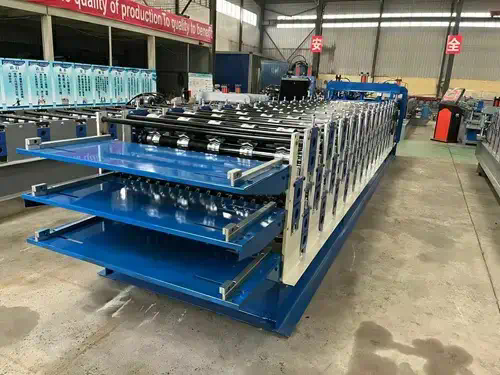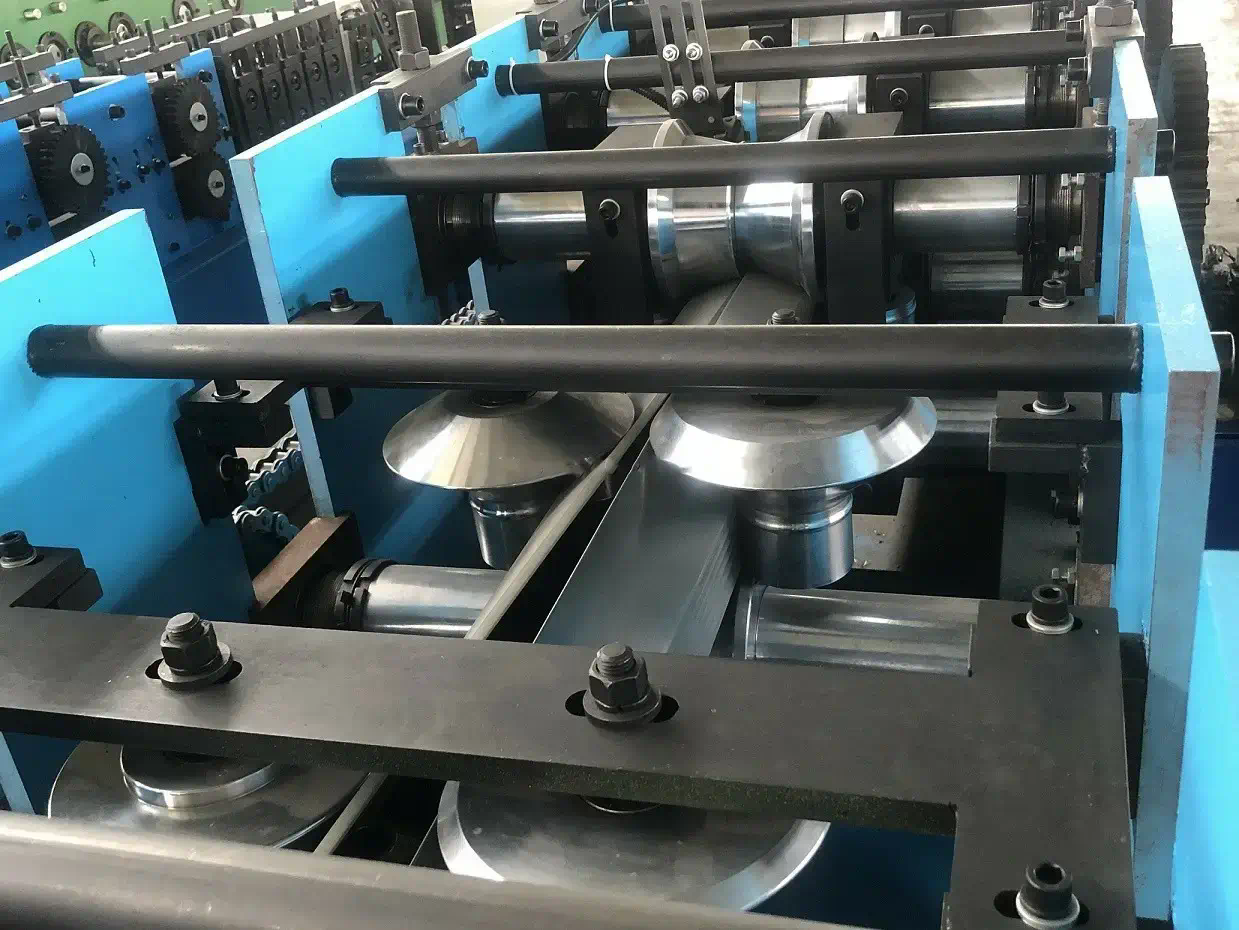CNC bending machines are becoming increasingly popular in the manufacturing industry due to their ability to synthesize speed and accuracy. These machines have revolutionized the way we bend and shape metal, allowing for faster and more precise production.
One of the key advantages of CNC bending machines is their ability to automate the bending process. This automation ensures that each bend is consistent and precise, reducing the likelihood of errors and increasing the overall quality of the finished product. This consistency also means that production times are significantly reduced, as operators can set up the machine to perform multiple bends at once, without the need for manual intervention.
Another advantage of CNC bending machines is their versatility. These machines can be used to bend a wide range of materials, including steel, aluminum, and copper, making them ideal for a variety of applications. Additionally, CNC bending machines can be programmed to create complex shapes and designs, allowing manufacturers to produce highly customized products.
However, the true power of CNC bending machines lies in their ability to synthesize speed and accuracy. By automating the bending process and reducing errors, these machines can significantly increase production speeds without compromising on quality. This increased efficiency allows manufacturers to produce more products in less time, leading to higher profits and a competitive edge in the market.
To fully understand the benefits of CNC bending machines, it is important to examine the individual components that make up these machines. The following sections will explore the various components of CNC bending machines and their role in synthesizing speed and accuracy.
1. The Control System
The control system is the brain of the CNC bending machine, responsible for executing the programmed instructions that dictate the bending process. This system uses specialized software to interpret the design specifications and translate them into machine commands, allowing for precise and accurate bends.
The control system also allows for customization of the bending process, giving manufacturers the flexibility to adjust the settings to meet specific production requirements. This customization can include adjustments to the bending angle, radius, and speed, among other parameters.

2. The manual tube bender Bending Unit
The bending unit is responsible for actually performing the bending operation. This unit typically consists of a hydraulic press brake, which applies pressure to the metal to create the desired bend. The press brake is equipped with a series of dies that are used to form the metal into the desired shape.
The bending unit also includes a back gauge, which helps to ensure the accuracy of the bend by positioning the metal at the correct distance from the bending die. This back gauge can be programmed to move automatically, based on the instructions provided by the control system.
3. The Material Handling System
The material handling system is responsible for feeding the metal into the CNC bending machine and positioning it for the bending process. This system can include a variety of components, such as conveyors, rollers, and clamps, depending on the specific requirements of the production process.
The material handling system is often integrated with the control system, allowing for automated loading and unloading of the metal. This automation can significantly increase production speeds, as operators can set up the machine to perform multiple bends without the need for manual intervention.
4. The Safety System
Safety is a critical consideration in any manufacturing process, and CNC bending machines are no exception. These machines are equipped with a variety of safety features, such as emergency stop buttons, safety interlocks, and light curtains, to ensure the safety of operators and anyone else in the vicinity of the machine.
The safety system is designed to prevent accidents and injuries, while also ensuring that the machine operates in accordance with industry regulations and standards.
In conclusion, CNC bending machines represent a significant advancement in the field of metal bending and shaping. Their ability to synthesize speed and accuracy through automation and customization allows manufacturers to produce high-quality products more efficiently than ever before. By understanding the individual components that make up these machines, we can fully appreciate the benefits they offer and their potential to revolutionize the manufacturing industry.

